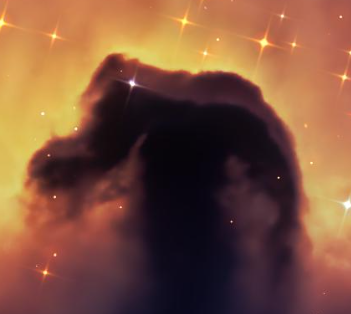Hi. This is my first post in this forum and my second attempt at processing a Mono image (I received my first mono camera a few days ago). I took the image below using SHO and LRGB filters (see acquisition details for integration times and such).
I processed using Pixinsight. I use the new technique Cuiv discusses where you convert your raw stacks to RGB format and color them before you combine. HA Yellow/Gold; SII Red/Yellow; and OIII Blue. Obviously my RGB also gets assigned accordingly. Then I combine in PixelMath. I also perform noise reduction, then stretch, before combining.
Once combined I use SCNR to remove any excessive green, then Invert Image and use SCNR green removal again (inverted) to remove the excess magenta. Then tweak color, saturation, and curves. Then unclarity and a final noise reduction if needed.
Oh, most importantly, I removed the stars from SHO before combining but left the RGB stars in for combining. When I had a consolidated image, I removed the stars to make the tweaks mentioned above, made some tweaks to the stars (mostly saturation and BXT), then used PixelMath to put the stars back.
Please, all criticism is welcome. I am still a raw NOOB when it comes to mono processing.
Horsehead Nebula 2024 (SHO and RGB) (tom62e) - Full resolution | AstroBin


